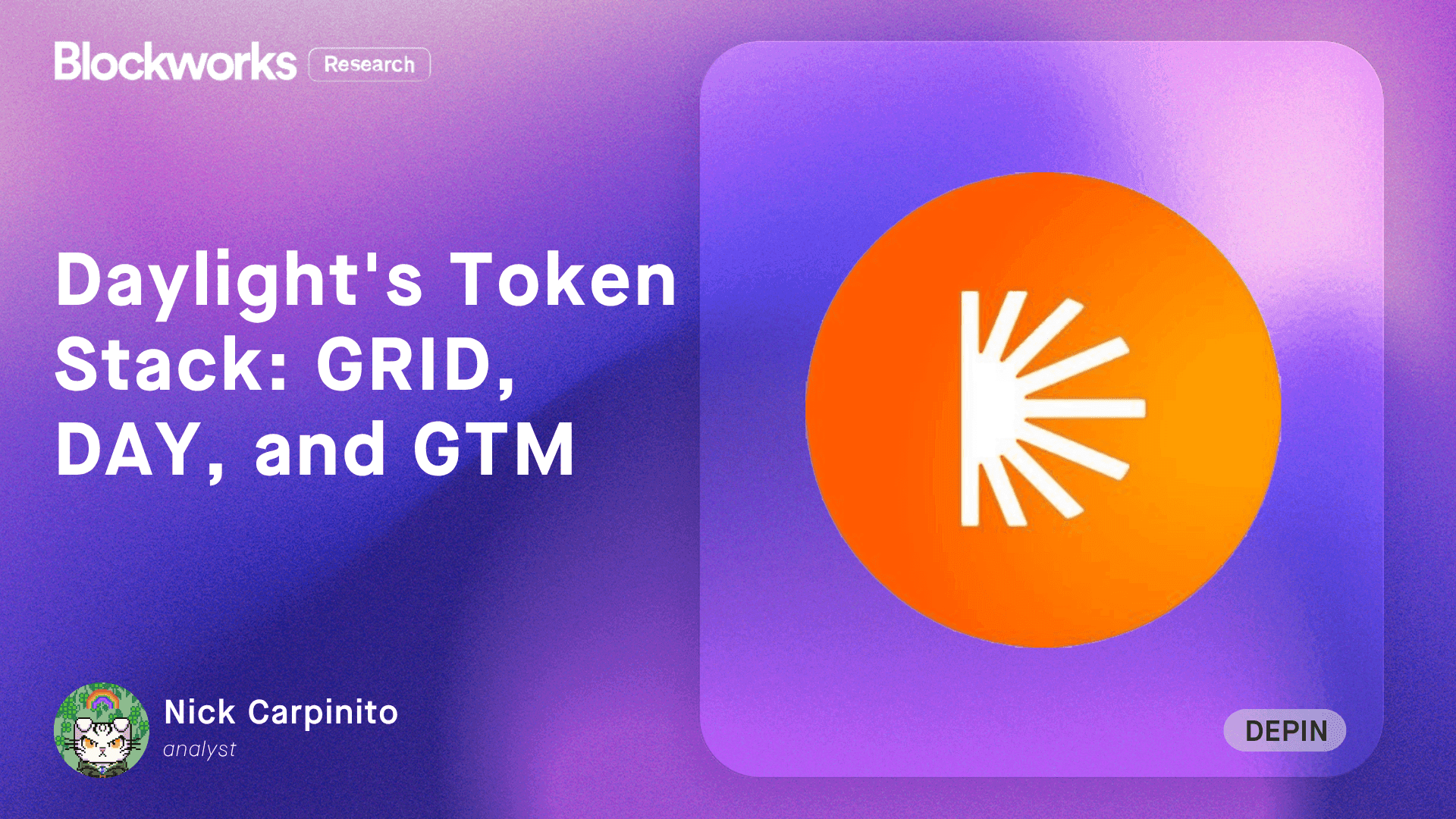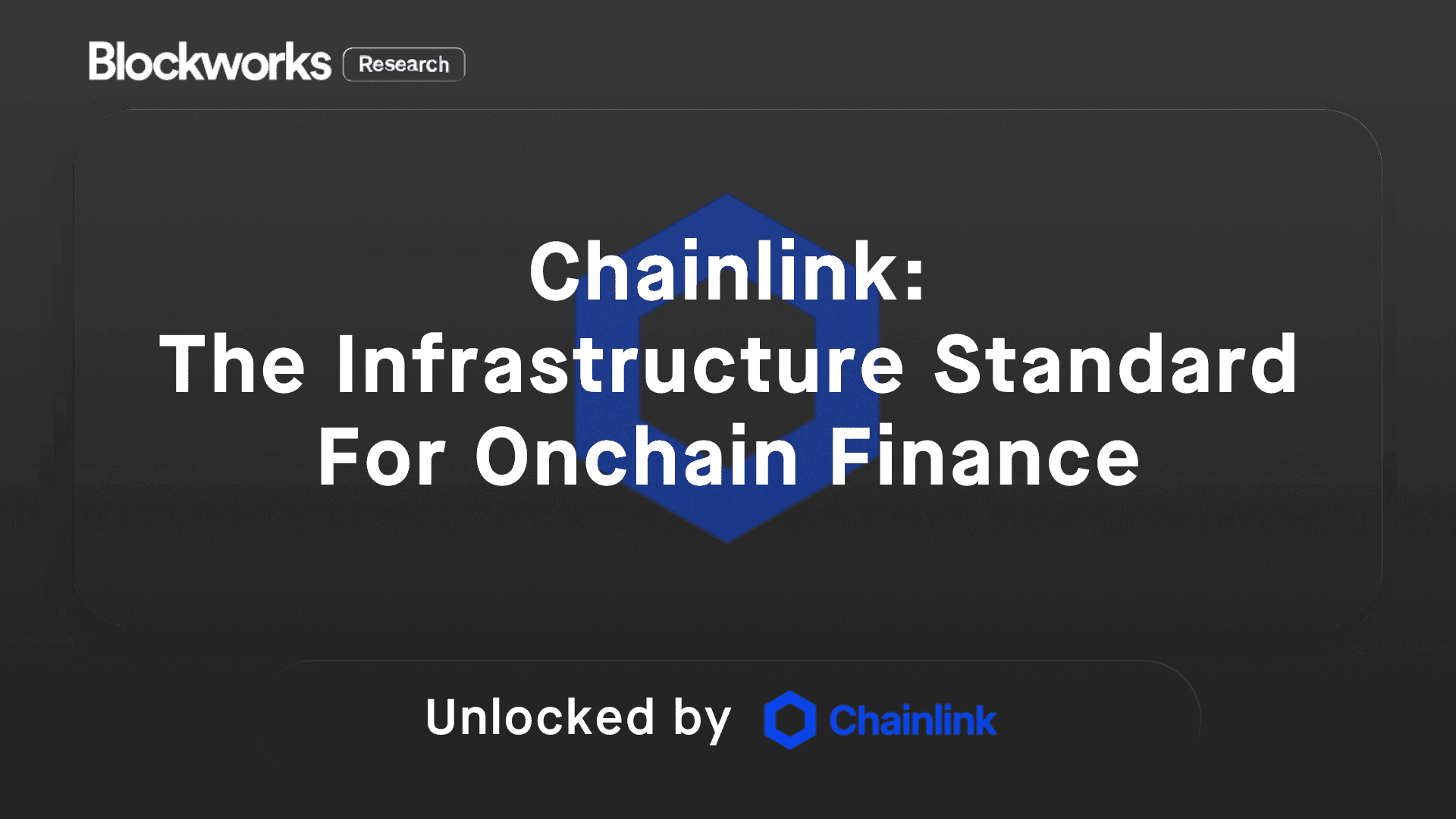
Oggy InuOGGY
Live Oggy Inu price updates and the latest Oggy Inu news.
price
sponsored by
$0
$0
(NaN%)
24h low
$0.000000000003
24h high
$0.00000000005
The live Oggy Inu price today is $0 with a 24-hour trading volume of $1.89K. The table above accurately updates our OGGY price in real time. The price of OGGY is % since last hour, % since yesterday. The live market cap, measured by multiplying the number of coins by the current price is . OGGY has a circulating supply of 114,251.65T coins and a max supply of 114,251.65T OGGY.
Oggy Inu Stats
What is the market cap of Oggy Inu?
The current market cap of Oggy Inu is $. A high market capitalization implies that the asset is highly valued by the market.
What is the current trading activity of Oggy Inu?
Currently, ∞ of OGGY were traded within 24 hours of time. In other words, $1.89K have changed hands within the past 24 hours through trading. That's a change of 0%.
What is the current price of Oggy Inu?
The price of 1 Oggy Inu currently costs $0.
How many Oggy Inu are there?
The current circulating supply of Oggy Inu is 114,251.65T. This is the total amount of OGGY that is available.
What is the relative popularity of Oggy Inu?
Oggy Inu (OGGY) currently ranks -1 among all known cryptocurrency assets. The popularity is based on relative market cap.
market data
$
%
#-1
$ 1.89K
110,000,000,000,000,000
recent research
Research
Daylight Energy (FKA React Energy), has secured $75M in new financing to accelerate deployment of distributed energy infrastructure, including $15M in equity and a $60M project development facility. This capital structure mirrors the protocol's design by separating growth capital from infrastructure financing. The company currently operates across a handful of US states including Illinois, Massachusetts, New York, New Jersey, and Pennsylvania, installing solar panels, batteries, and smart devices through Energy Subscriptions with no upfront cost to homeowners.
/
Research
Tokenization has matured from an experimental technology to a major strategic priority for financial institutions. Integrators across TradFi and DeFi require a comprehensive set of infrastructure standards across market data, interoperability, compliance, identity, privacy, orchestration, and compatibility with existing systems. Chainlink has evolved into the only comprehensive platform of oracle services that provides the broad set of features required by DeFi and TradFi integrators, offering foundational infrastructure for a new wave of financial applications.
by Luke Leasure
/

